When it comes to film photography, 35mm was by far the most popular option and has been used on everything from simple point-and-shoot cameras to expensive SLRs. It was so common that the focal length of lenses is still usually listed in the 35mm equivalent. The digital transition led to “full frame” DSLRs where sensor sizes matched those of a 35mm still image. However, he also brought smaller digital cameras, small enough to fit in your pocket.
For them the 1 “sensor is the holy grail with cameras like the Sony RX100 series being a popular example. Those went out of style when smartphone cameras greatly improved in capabilities, but had an influence on smartphones.
The Sony Xperia Pro-I has borrowed the 1 “sensor from its RX100 cousins, although it doesn’t have the optics to take full advantage of it (it’s a 20MP sensor, the Pro-I only uses 12MP). note that the so called 1 “sensors don’t actually measure 1”, they are more like 2/3 “. Like the 35mm thing, this is another leftover from the old cameras.
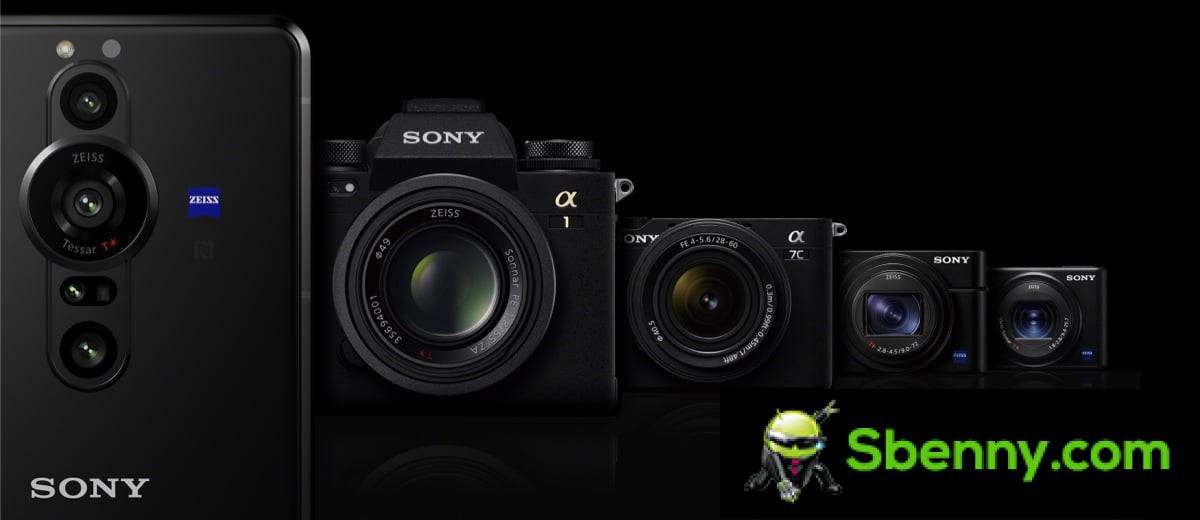
The Sony Xperia Pro-I borrowed a 1 “sensor from the RX100 line of premium point and shoot cameras
Either way, the Pro-I image sensor has extraordinarily large 2.4µm pixels – the 200MP ISOCELL HP3 we talked about last week only reaches up to 2.24µm pixels with 16-in-1 binning. Of course, these two sensors are designed for two different cameras with two different use cases.
You probably know that the Pro-I is not the first smartphone with a 1 ”sensor and it certainly won’t be the last: 2023 promises to be the year in which this type of sensor will become the norm for flagships.
Some of you may remember Panasonic Lumix CM1 Smart Camera. The style of the case leaves little doubt that this is a camera phone and has impressive branded hardware: a 20MP 1 “sensor behind a Leica f / 2.8 lens and a” Venus motor “capable of recording video 1080p at 30fps (and 4K at 15fps).
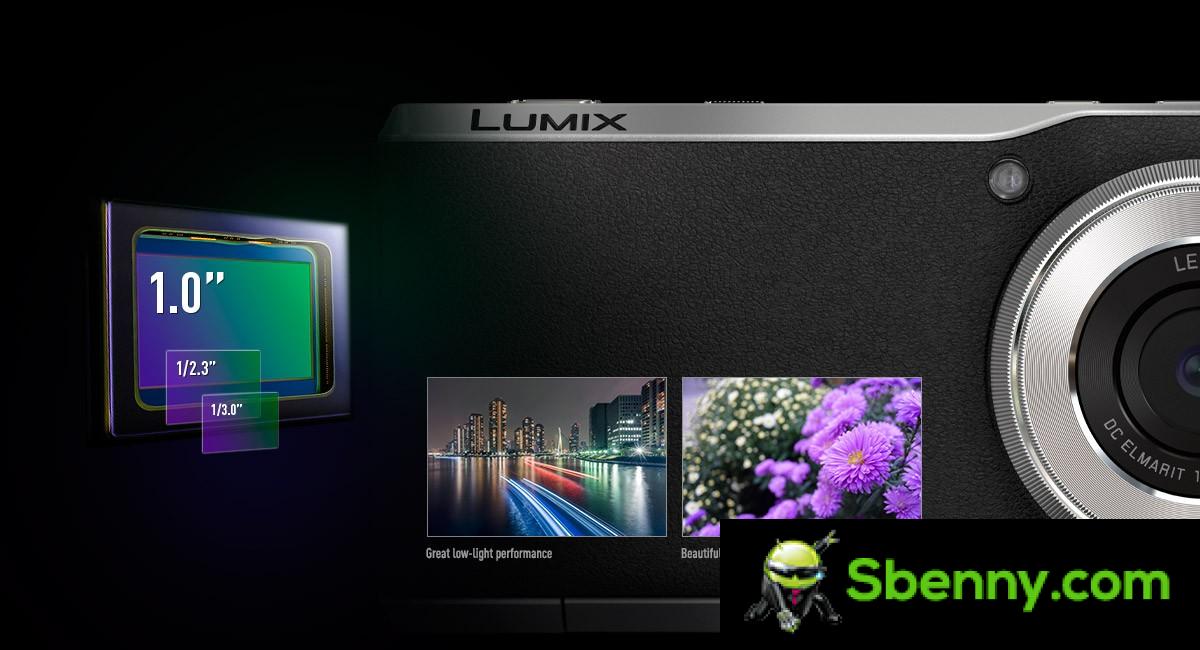
The Panasonic Lumix Smart Camera CM1 is a prime example of a smartphone with a 1 “sensor.
It was a chunky phone with a thickness of 21mm and 204g in weight (okay now, a lot for 2014). The CM1 ran Android 4.4, and the bespoke camera app offered full manual controls.
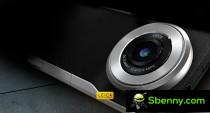
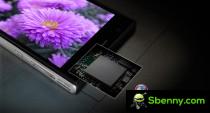

Lumix CM1: Leica lens • Venus video engine • Physical dial for control
A really cool feature was that the silver ring around the lens was actually a dial that can be used to change camera settings. The Lumix CM1 cost a whopping $ 1,000, which was considered expensive at the time but not bad for such a specialized kit.
Let’s go even further back in time. We talked a lot about the Nokia 808 PureView, a phone so advanced that it seemed to belong to the future. When it came out in 2012, no other phone could really challenge it and its absolutely huge 1 / 1.2 “sensor. The Toshiba HES9 dwarfed the sensors of contemporary phones – here it is next to the tiny 1 / 3.2” Sony IMX145. (8MP) used in the Galaxy S III of the same year.

The huge 1 / 1.2 “sensor (Toshiba HES9) of the Nokia 808 PureView
The PureView sensor had pixels large enough even by modern standards, 1.4 µm, and many too: 41 MP. As we discussed last week, the first smartphone to beat it with resolution play only arrived in 2018.
And it was exactly the high resolution that made the Nokia 808 so futuristic – the supersampling technology used set 8MP photos by default and produced stunning per-pixel quality and enabled lossless digital zoom. Modern smartphones use a very similar approach, albeit with some important differences.
By the way, if you’re wondering how the Nokia 808 PureView compares to a modern smartphone, we put it to the test last year.
We compared it with the Xiaomi Mi 11 Ultra, the phone with the largest camera sensor of the time: the Samsung ISOCELL GN2 was even larger than the 808 sensor with an optical format of 1 / 1.12 “(at 50 MP which corresponds to 1.4 µm of pixels).
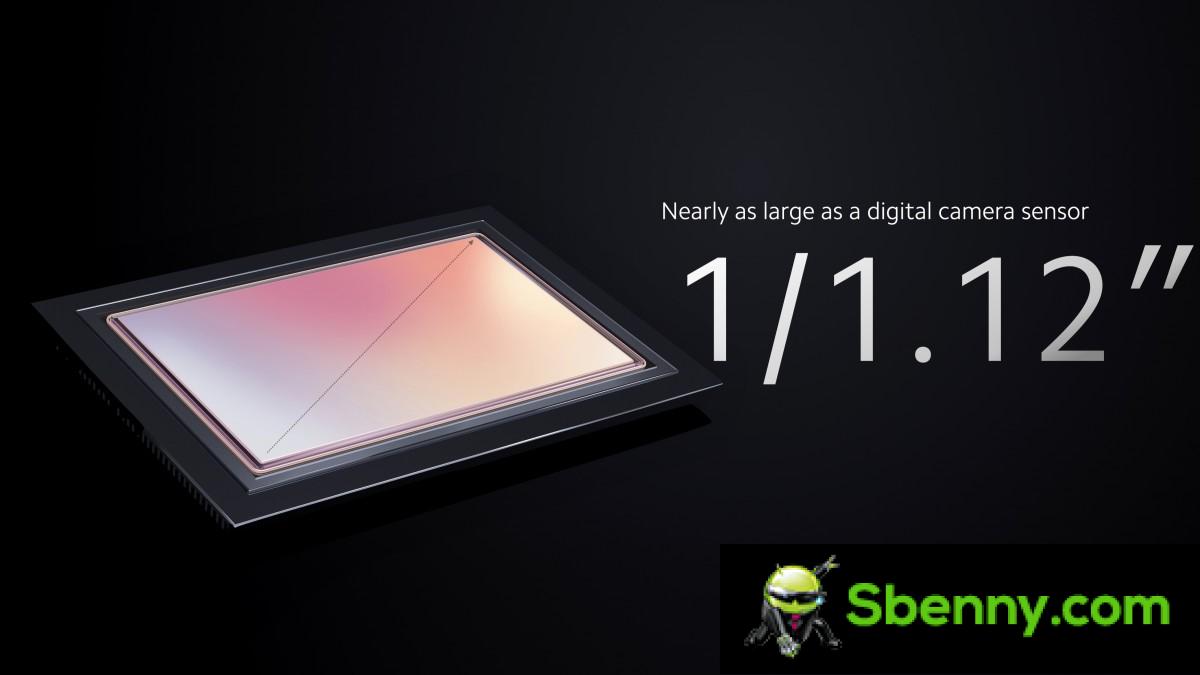
Xiaomi Mi 11 Ultra packs a huge 1 / 1.12 “sensor, surpassing the 808 PureView (in more ways than one)
We want to take a little detour here and talk about pixels. When it comes to digital cameras, you often see details related to aperture, sensor and pixel size. But not all pixels are born equal.
The 808 PureView’s sensor may have been extraordinarily large and very high resolution, but it was an outdated technology. It was a Front-Side Illuminated (FSI) sensor, which means that the sensor circuitry gets in the way of the photodiodes. The Lumia 1020, the next 41 MP Nokia phone launched the following year, used a smaller (1 / 1.5 “) Back-Side Illumination (BSI) sensor.

Front side lighting, aka FSI vs. Backside lighting, aka BSI (image credit)
That’s not all, either. The name “ISOCELL” derives from the physical barriers that isolated individual pixels, which reduces crosstalk. Samsung has continued to develop the technology and offers many other benefits (for example, increased full well capacity, which measures how many photons a pixel can collect before reaching its maximum).
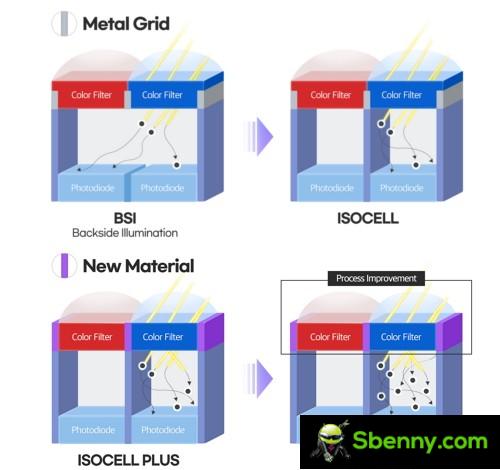
The transition from BSI to ISOCELL and the continuous evolution of ISOCELL
Samsung isn’t alone in this design, OmniVision, for example, has a similar technology called PureCel Plus:


OmniVision is also working on improving the pixels by isolating them from each other
There are other new developments, such as Sony’s superimposed sensor design which separates the photodiodes and transistors by reading them in two separate layers instead of having them next to each other, which increases the surface area of the photodiodes.

Sony is developing a stacked CMOS sensor design
All of this is to say that pixel size alone is not the ultimate metric of image quality. In fact, it’s smart designs like these that have enabled sensor manufacturers to shrink pixels down to 0.56 µm. (Fun fact: 1995’s 150 MHz Pentium Pro was manufactured on a 0.5 µm node and had 5.5 million transistors).
The successor to the Mi 11 Ultra is the Xiaomi 12S Ultra, which has changed teams and features a Sony IMX989 sensor for its main camera: an impressive 1 ”50 MP sensor. It is much larger than the 1 / 1.5 “commonly found in phones today and even 1 / 1.3” sensors. The Pixel 7 and iPhone 14 Pro fall into this category and have comparable resolution (and therefore pixel size). The Galaxy S22 Ultra also has a 1 / 1.3 ”sensor (a bit smaller), but thanks to its 108 MP resolution its physical pixels are smaller.
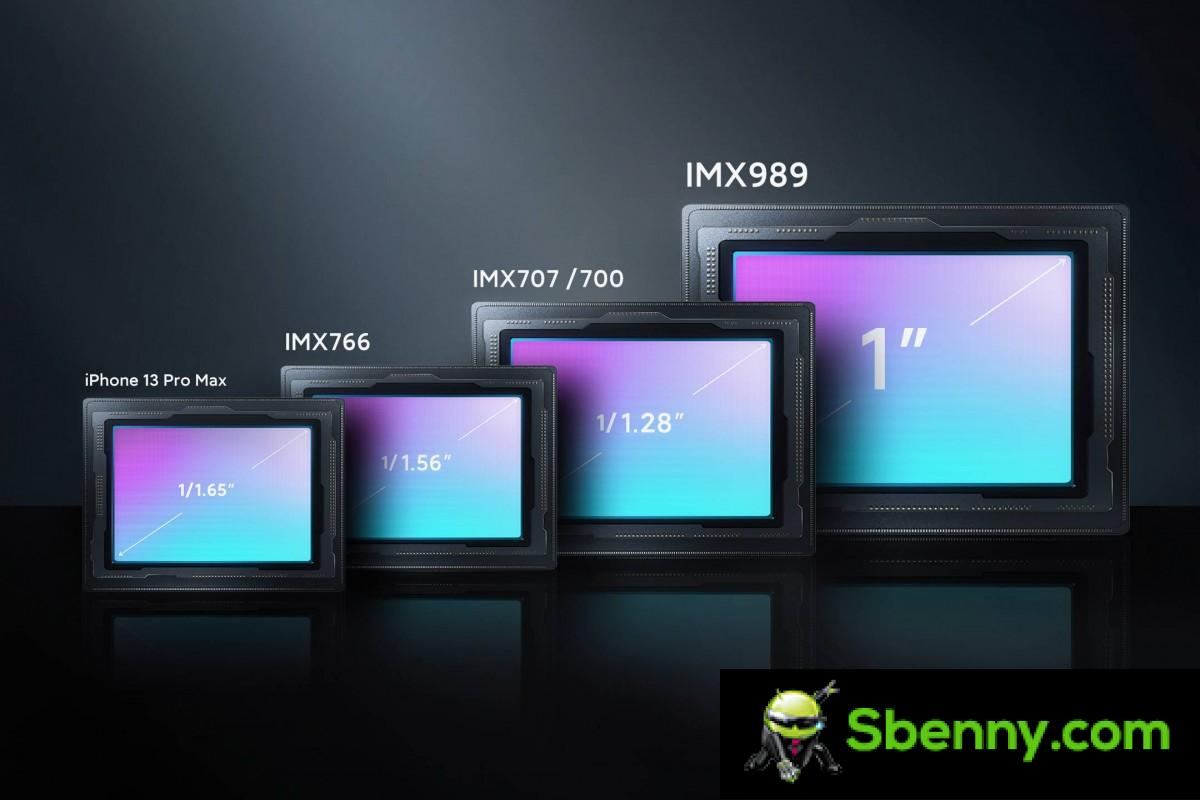
The current state of the art for large smartphone sensors: the 1 “Sony IMX989 used in the Xiaomi 12S Ultra
But before the 12S Ultra there was another phone that used the IMX989: the Sharp Aquos R6. Oddly enough, the Aquos was also plastered with the Leica logo, which the camera developed alongside Sharp. So it has this in common with the Xiaomi. Sharp is responsible for many firsts in the mobile phone industry, although the brand’s limited presence in the smartphone market means those revolutionary phones often fly under the radar.
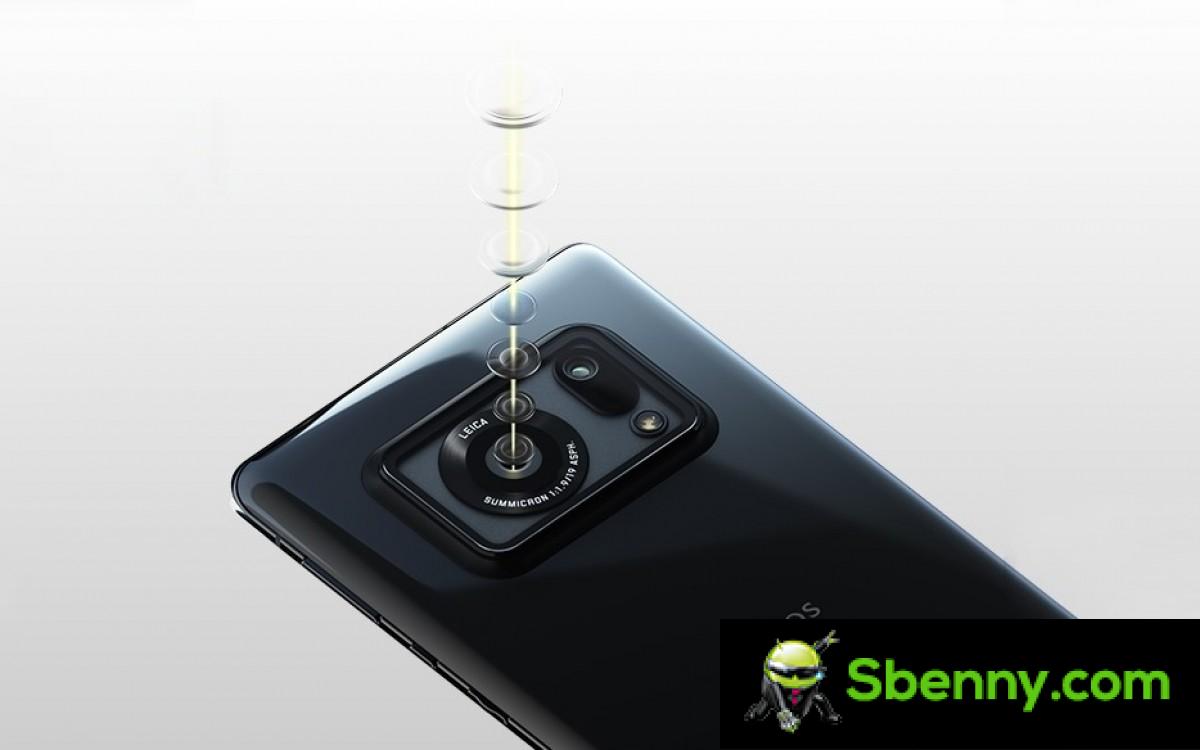
The Sharp Aquos R6 was the first with the IMX989 and its camera was also developed in collaboration with Leica
There are rumors that more smartphone manufacturers are working on flagships with 1 ”sensors, especially one with medium resolution and large pixels. There will also be some models with 200MP cameras and smaller pixels. We can’t wait to see how the battle of the two philosophies unfolds.


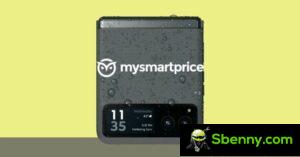

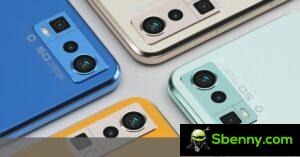


Start a new Thread